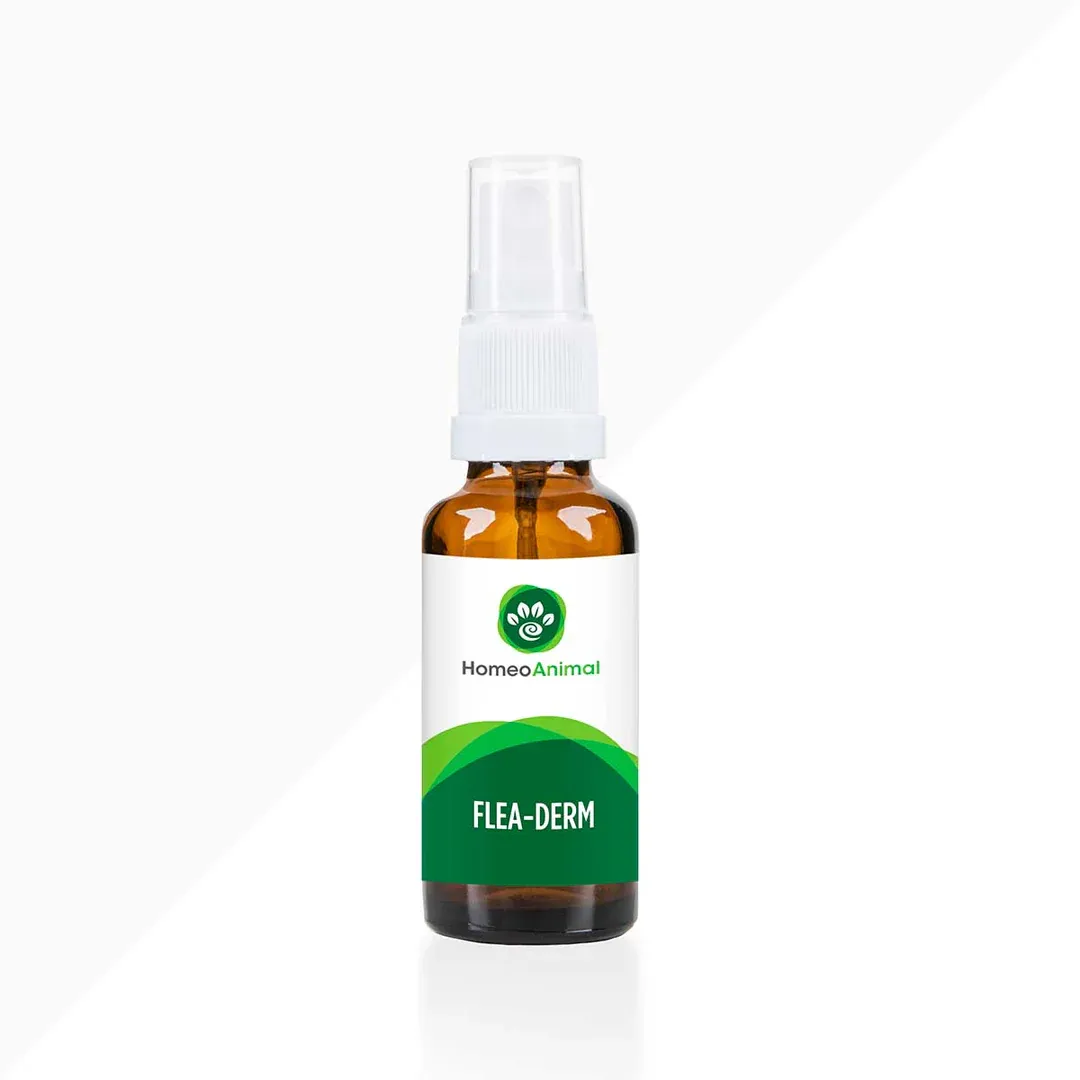Understanding and Managing Canine Skin Allergies
Skin allergies are a common problem for dogs. They can cause discomfort, itching, and skin irritation. Here's a breakdown of the common causes, symptoms, and management strategies:
Common Causes of Canine Skin Allergies
Canine skin allergies are a common issue for many dog owners, resulting in itching, discomfort, and a risk of skin infections. Identifying the root cause of a (getButton) #icon=(link) #color=(#228b22) #text=(dog’s skin allergies) is essential for effective treatment and prevention.
Here are some of the most common causes:
Environmental Allergens
- Pollen, Grass, and Mold: Like humans, dogs can be sensitive to seasonal allergens like pollen, grass, and mold. Exposure often leads to itching, redness, and rashes, particularly on the paws, belly, and ears.
- Dust Mites: Indoor allergens, such as dust mites, can also affect dogs, particularly those that spend a significant amount of time indoors. Symptoms might persist year-round and include itching, licking, and skin irritation.
- Protein Sources: (getButton) #icon=(link) #color=(#cf0e0e) #text=(Dog food allergies) are often triggered by specific proteins in ingredients like beef, chicken, dairy, or eggs. These allergies can result in skin-related symptoms such as itching, hot spots, and inflamed skin.
- Additives and Preservatives: In some cases, artificial additives or preservatives in dog food can trigger allergic reactions, resulting in skin issues and digestive disturbances.
- Flea Bites: Flea saliva is a potent allergen for many dogs, and just a single flea bite can trigger a severe allergic reaction known as Flea Allergy Dermatitis. Dogs with FAD often experience intense itching, hair loss, and inflamed, scabbed skin, particularly around the base of the tail and hindquarters.
Genetic Predisposition
- Breed-Specific Allergies: Certain breeds, such as Bulldogs, Retrievers, and Terriers, are more prone to allergies due to genetic predisposition. These dogs may have a predisposition to develop allergies throughout their lives, often requiring ongoing management.
- Inherited Skin Conditions: Conditions like atopic dermatitis can be genetically inherited, causing chronic itching and recurrent skin infections.
Bacterial and Fungal Infections
- Secondary Infections: When allergies lead to excessive scratching or licking, they can disrupt the skin’s natural barrier, making it more susceptible to bacterial or fungal infections. These infections can exacerbate allergy symptoms and may lead to the development of pus, swelling, or an unpleasant odor in the affected area.
Hormonal Imbalances
- Thyroid Issues: Dogs with hypothyroidism or other (getButton) #icon=(link) #color=(#cf0e0e) #text=(hormonal imbalances) can develop dry, itchy skin that mimics allergic reactions.
- Cushing's Disease: Cushing's disease, a hormonal disorder, may also cause skin issues that resemble allergic reactions, including thinning fur and patches of scaly, red skin.
Symptoms of Canine Skin Allergies
Canine skin allergies can manifest in various symptoms, affecting a dog's skin, coat, and behavior. Identifying these symptoms early is crucial for effective treatment and to prevent further complications, such as secondary infections. Here are common symptoms of skin allergies in dogs:
Itching and Scratching
- Persistent Scratching: One of the primary signs of skin allergies in dogs is persistent scratching, often concentrated in specific areas such as the paws, ears, and belly.
- Excessive Licking and Chewing: Dogs with skin allergies often lick or chew their paws and other body parts to relieve itching. This behavior can lead to sores and hair loss.
Redness and Inflammation
- Irritated Skin: Allergies can cause red, inflamed skin, especially in areas with less fur, such as the abdomen and inner thighs.
- Hot Spots are inflamed, moist skin patches that result from excessive licking or scratching. They often appear suddenly and need prompt treatment.
Dry and Flaky Skin
- Dandruff: Allergies can lead to dry, flaky skin, causing dandruff to become visible on the dog’s coat and bedding.
- Scaly Patches: In some cases, skin allergies cause rough, scaly areas on the skin, often accompanied by hair loss.
Ear Infections
- Frequent Head Shaking and Ear Scratching: Dogs with allergies are prone to ear infections, which can cause head shaking and scratching around the ears.
- Odor and Discharge: Ear infections related to allergies can cause a foul odor, redness, and discharge from the ears. Chronic ear infections are prevalent in dogs with food and environmental allergies.
Swelling and Hives
- Raised Bumps or Hives: Allergic reactions may cause raised bumps or hives, especially if the dog has encountered an irritant allergen.
- Swelling of the Face or Paws: In some cases, dogs experience localized swelling around the face, muzzle, or paws due to an allergic reaction.
Hair Loss and Coat Changes
- Patchy Hair Loss: Excessive licking, scratching, or chewing can often lead to thinning fur or bald patches, particularly in areas that are irritated.
- Coat Texture Changes: Allergies can affect the texture of a dog’s coat, making it appear dull or brittle.
Behavioral Changes
- Increased Restlessness: Dogs with allergies may become restless or anxious due to the constant discomfort they experience.
- Irritability: The chronic itch and discomfort caused by allergies can lead to behavioral changes, such as increased irritability or avoidance behaviors.
Odor from Skin Infections
- Unpleasant Smell: Secondary bacterial or fungal infections, often caused by persistent scratching, can produce a strong, unpleasant odor emanating from the skin.
- Crusted Areas: Allergies can lead to open sores or crusty patches that may have a distinct smell, indicating infection.
Managing Canine Skin Allergies
1. Veterinary Consultation:
- Diagnosis: A veterinarian can diagnose the specific cause of the allergy through tests like blood tests or skin scrapings.
- Treatment Plan: A tailored treatment plan may involve:
- Medicated Shampoos: To soothe irritated skin and reduce inflammation.
- Medications: Antihistamines, corticosteroids, or other medications to manage symptoms.
- Dietary Changes: A hypoallergenic diet to eliminate potential food allergens.
- Environmental Control: Minimizing exposure to allergens through regular cleaning, air purifiers, and avoiding triggers.
2. Home Care:
- Regular Grooming: Regular brushing can help remove allergens and reduce shedding.
- Bathing: Use gentle, hypoallergenic shampoos to cleanse the skin without irritating it.
- Avoid Harsh Chemicals: Avoid using harsh chemicals or perfumes on your dog's skin.
- Monitor for Secondary Infections: Check your dog's skin for signs of infection, such as pus or increased redness.
3. Natural Remedies:
- Omega-3 Fatty Acids Can help reduce inflammation and improve skin health.
- Probiotics: Can support gut health and immune function.
- Herbal Remedies: Certain herbs, such as chamomile and calendula, may help soothe irritated skin.
By working closely with your veterinarian and implementing these strategies, you can help your dog manage their skin allergies and live a comfortable life.
Natural & Homeopathic Remedies for Pets' Skin & Allergies
(getButton) #text=(Toxic Foods for Dogs You Must Know) #icon=(link) #color=(#001871) (getButton) #text=(Fresh Pet Food vs. Dehydrated Dog Food) #icon=(link) #color=(#ec6161) (getButton) #text=(Feeding Your Furry Friende) #icon=(link) #color=(#e30d77)



.webp)



